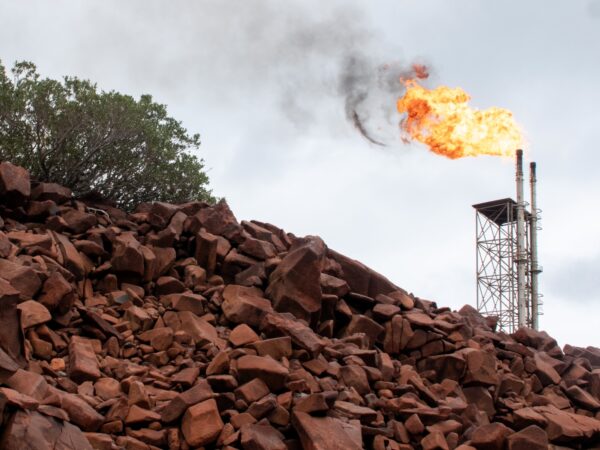1.5°C is still in reach to reduce the worst climate risks – but only with immediate mitigation action and shifting finance
Share

The Glasgow Climate Pact is a commitment to the Paris Agreement’s Long-Term Temperature Goal, as it “resolves to pursue efforts to limit the temperature increase to 1.5°C”, and “recognises that this requires accelerated action in this critical decade”.
The latest science from the Intergovernmental Panel on Climate Change (IPCC) is clear on the escalating adverse climate impacts and loss and damage with every additional increment of global warming, especially above 1.5°C.
Limiting warming to 1.5°C is still technically and economically feasible, and can be kept in reach with what the science tells us must be an immediate peaking of global greenhouse gas emissions, and a halving by 2030.
This will not happen unless energy investments are switched towards clean and away from fossil fuels, and unless fossil fuel subsidies are phased out. Mitigation investments need to increase 3-6 fold above recent levels by 2030 globally, and 4-7 fold in developing countries.
This briefing summarises the latest science on 1.5°C including from the IPCC, the International Energy Agency (IEA) and other key reports.











